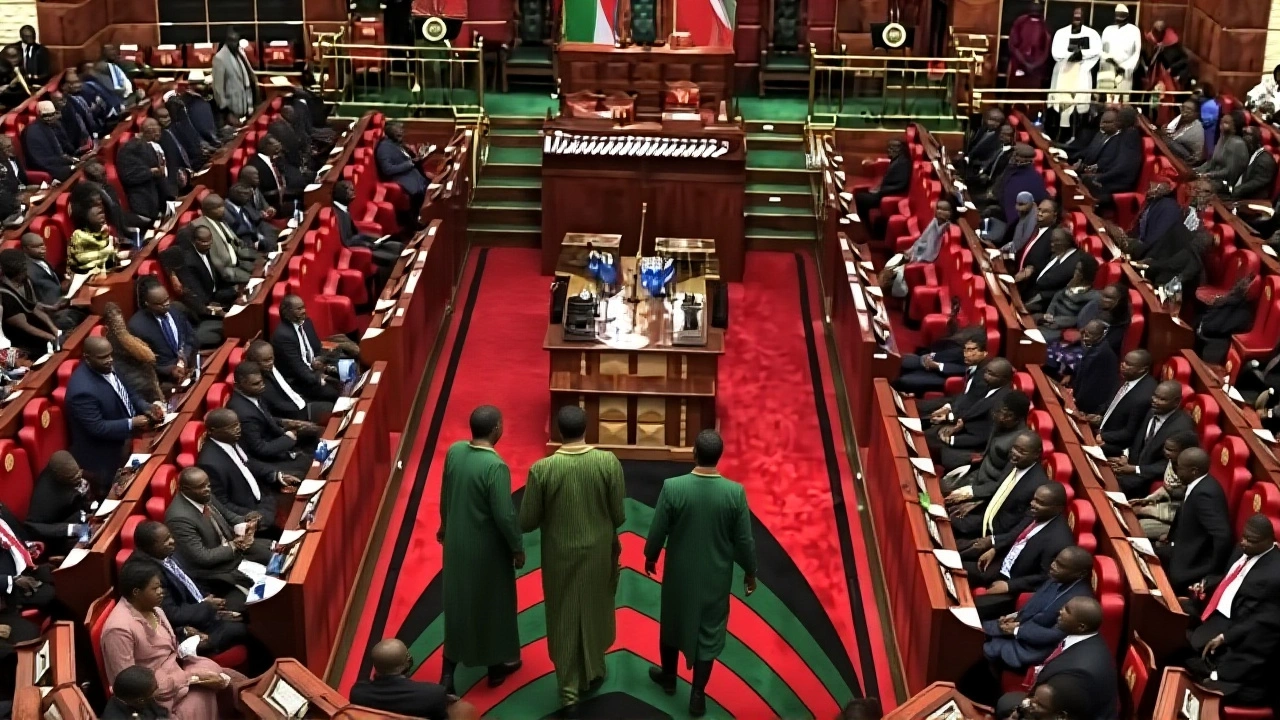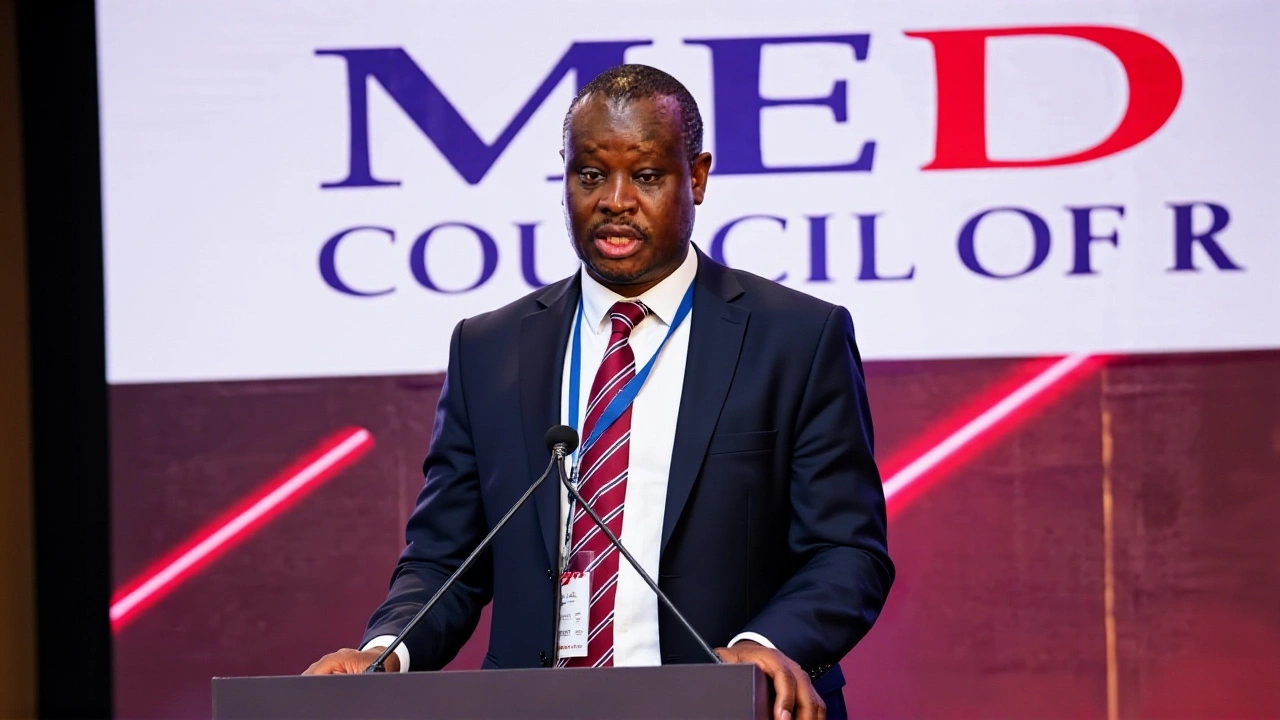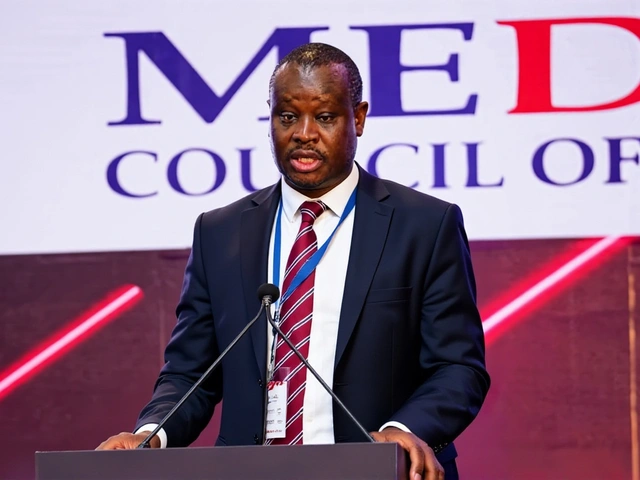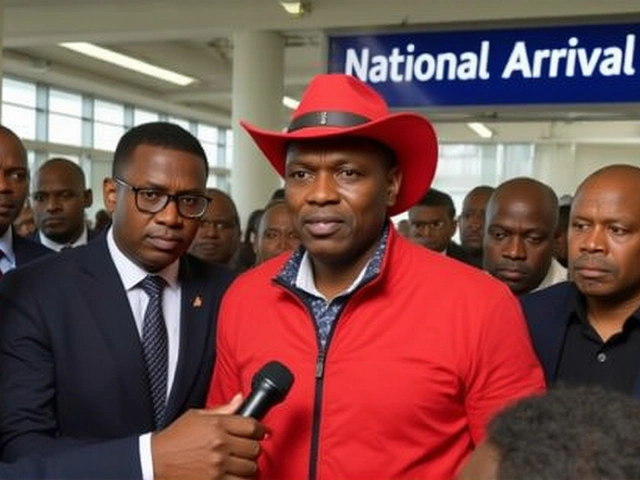The Media Council of Kenya has narrowed its search for new council members to just 26 candidates — a pivotal moment in the country’s media governance. The announcement, made on November 14, 2025 and published by The Star, was signed by Erick Oduor, chair of the independent selection panel. This isn’t just bureaucratic housekeeping. It’s the next step in shaping who holds the keys to media self-regulation in Kenya — a body that decides whether journalists are held accountable, protected, or silenced.
How We Got Here
The process began months ago when the government formally declared vacancies through the Kenya Gazette, as required by Section 7(7) of the Media Council Act of 2007. Over 100 applications poured in — from veteran editors and media academics to digital publishers and press freedom advocates. The selection panel, operating under strict legal guidelines, spent weeks vetting each candidate’s credentials, past conduct, and commitment to ethical journalism. No names were leaked prematurely. No lobbying was tolerated. The process, by design, was opaque — but now, it’s public.What’s striking isn’t just the number of applicants, but the silence around who made the cut. The official release didn’t name the 26. That’s by law — their full list is due in the Kenya Gazette soon. But the absence of names raises questions: Who’s being considered? Are there enough voices from marginalized regions? Are digital media pioneers included, or is this still a club for print and broadcast old guard?
The Council’s Dual Mandate
While the selection process unfolds, the Media Council of Kenya is juggling another high-stakes task: the 13th Annual Journalism Excellence Awards (AJEA) 2025. With 809 entries across TV, print, radio, and digital — including a record 117 submissions in Health and Substance Abuse Reporting — the awards are a barometer of Kenya’s media pulse. The judging panel, led by names like Andrew Teyie and Dr. Joy Mueni, is sifting through stories that exposed corruption, documented climate impacts in Turkana, and gave voice to youth in Kibera.New categories this year — Tourism Reporting, National Cohesion, and Animal Welfare — signal a broader vision. But they also reflect pressure. The council isn’t just a watchdog; it’s trying to shape what journalism looks like in Kenya. And that’s where the new members come in. The current CEO, David Omwoyo, has been pushing for more accountability. At the AJEA launch, he told judges: “We must ask not just what was reported, but why it mattered.”
Regional Reach, National Impact
The Media Council of Kenya doesn’t operate from a single tower in Nairobi. It has active regional offices in Kisumu, Meru, and Nakuru — each handling complaints, training, and accreditation locally. That’s crucial. In rural Kenya, where media access is uneven, these offices are lifelines. A reporter in Eldoret can file a complaint with the Nakuru office. A community radio station in Garissa can request training from Meru. The council’s legitimacy depends on this reach.But here’s the tension: the new council members will be chosen by a panel in Nairobi. Will they understand the realities of a journalist in Mandera, where internet access is spotty and threats are real? Or will they be insulated, academic, disconnected? The answer could determine whether the council becomes a tool for press freedom — or another layer of control.

What Comes Next
The next stage is quiet. No public interviews. No televised hearings. The selection panel will meet behind closed doors, likely in the coming weeks, to finalize their recommendations. The President’s Office then has 30 days to appoint the new members. If the process drags, the council risks losing quorum. That’s dangerous. Without a full council, it can’t hear complaints, issue rulings, or even renew media accreditations.And that’s why this matters. When the Media Council of Kenya is weak, journalists are vulnerable. When it’s strong, it defends truth. The 26 shortlisted candidates aren’t just applicants — they’re potential guardians of Kenya’s information ecosystem. And the public deserves to know who they are.
Behind the Scenes
The council’s annual reports, available on mediacouncil.or.ke, show a steady rise in complaints — from defamation to censorship. In 2024 alone, over 320 formal grievances were filed. Only 68% were resolved. That’s not failure — it’s demand. More Kenyans are using the system. But the council’s capacity hasn’t kept pace. New members must fix that. They’ll need to hire more staff, digitize records, and maybe even rethink how they handle digital media — where most complaints now originate.There’s also the matter of funding. The council relies on government grants and media levies — both volatile. Without stable funding, even the best-intentioned council can’t survive. The new members will have to advocate fiercely — not just for journalists, but for their own institution’s survival.
Frequently Asked Questions
Who are the 26 shortlisted candidates for the Media Council of Kenya?
The full list of the 26 shortlisted candidates has not been publicly released as of November 14, 2025, though the Media Council Act requires their names to appear in the Kenya Gazette. The selection panel, led by Erick Oduor, confirmed the list is complete and under review. Until the Gazette publication, identities remain confidential — a legal safeguard to prevent undue influence during final deliberations.
Why is the Media Council of Kenya so important to Kenyan journalists?
The Media Council of Kenya is the only statutory body with the legal authority to accredit journalists, adjudicate media complaints, and defend press freedom. Without it, journalists have no formal recourse against harassment or censorship. Its rulings set industry standards — and its leadership determines whether the media landscape becomes more open or more controlled.
What’s the connection between the AJEA 2025 and the new council appointments?
The Annual Journalism Excellence Awards showcase the quality and diversity of Kenyan reporting — which directly informs the council’s priorities. The high number of digital entries (246) and new categories like Animal Welfare suggest the council must evolve. New members will likely be chosen not just for experience, but for their understanding of modern media challenges — making AJEA a de facto audition for leadership.
What happens if the new council members aren’t appointed quickly?
If the President’s Office delays appointments beyond the 30-day window, the council may lose quorum, halting its ability to hear complaints or renew media accreditations. This could leave journalists unprotected and media outlets legally vulnerable. In 2020, a similar delay led to a six-month freeze on accreditation — causing chaos for freelancers and small outlets.
How does the Media Council of Kenya handle complaints from the public?
Anyone can file a complaint through regional offices in Kisumu, Meru, or Nakuru, or online via mediacouncil.or.ke. The council investigates allegations of unethical reporting, bias, or defamation. In 2024, it resolved 68% of 320 cases — mostly through mediation. Only 12% resulted in formal sanctions. The process is free, but slow — a weakness new members must address by increasing staffing and digitizing case tracking.
Is the Media Council of Kenya independent from the government?
Legally, yes — it’s a statutory body designed to be self-regulatory. But its funding comes partly from government allocations, and appointments require presidential approval. Critics argue this creates subtle pressure. Supporters point to its record of ruling against state media in 2023 and 2024. True independence will depend on whether the new members prioritize journalistic ethics over political convenience.



